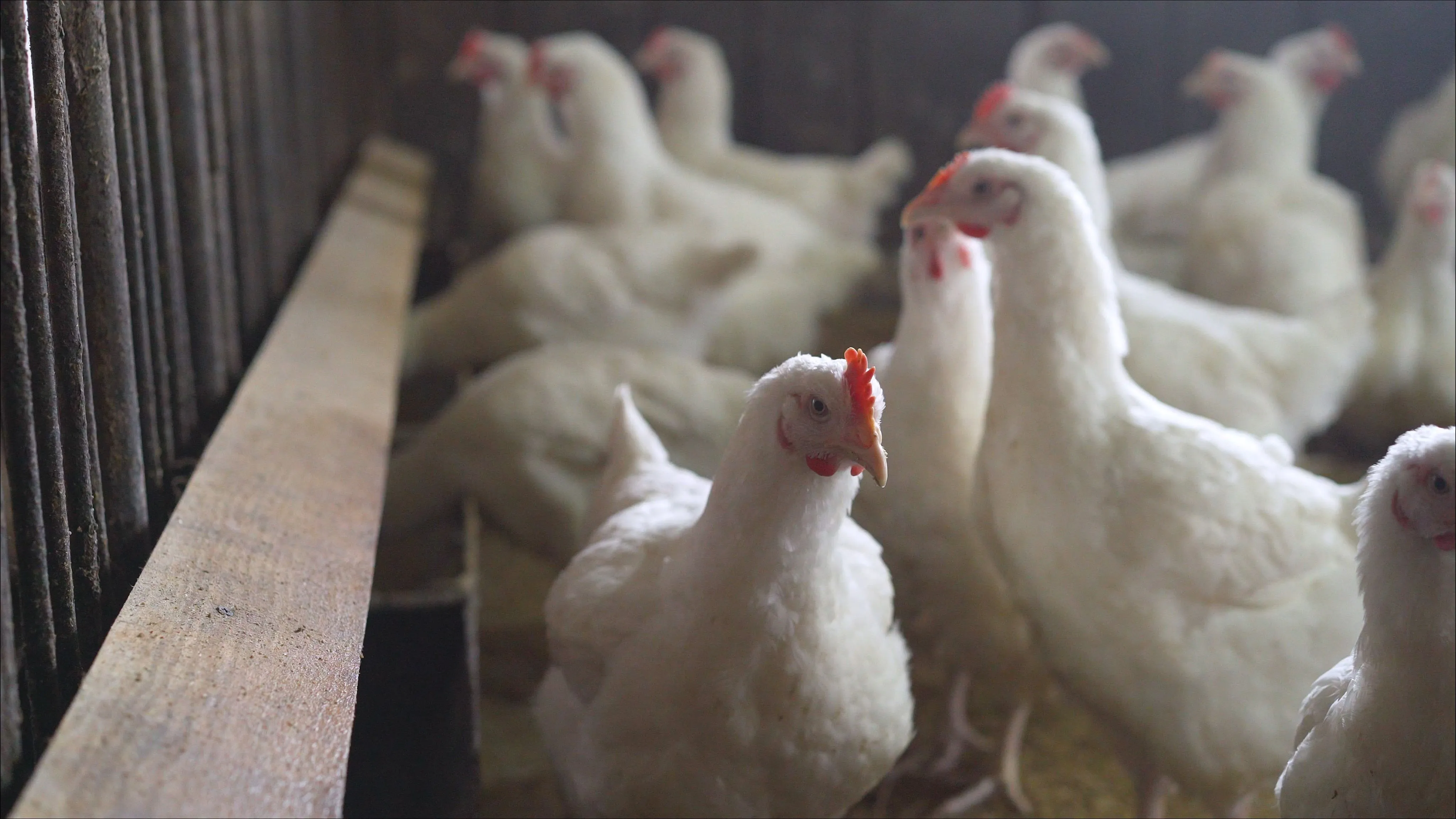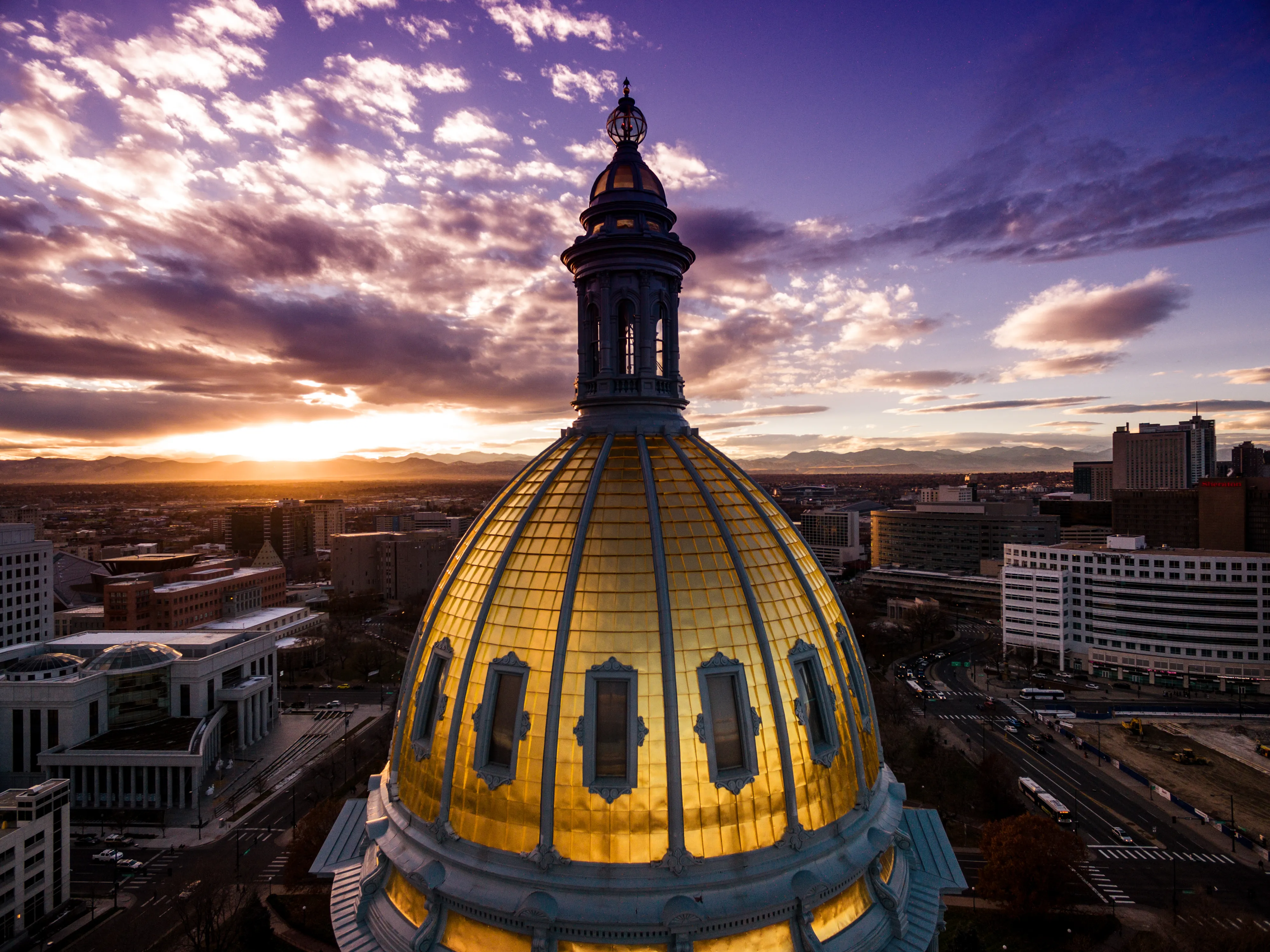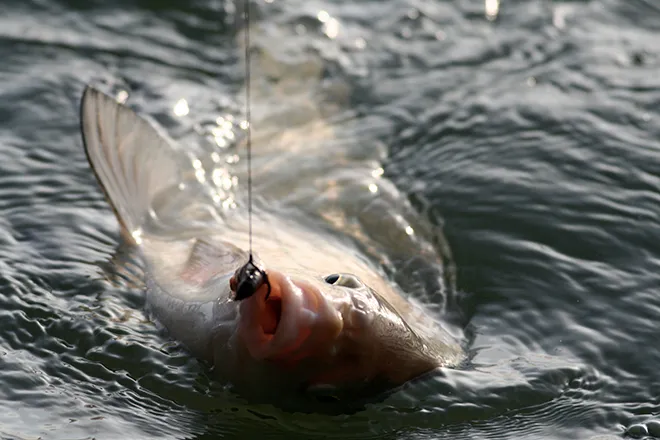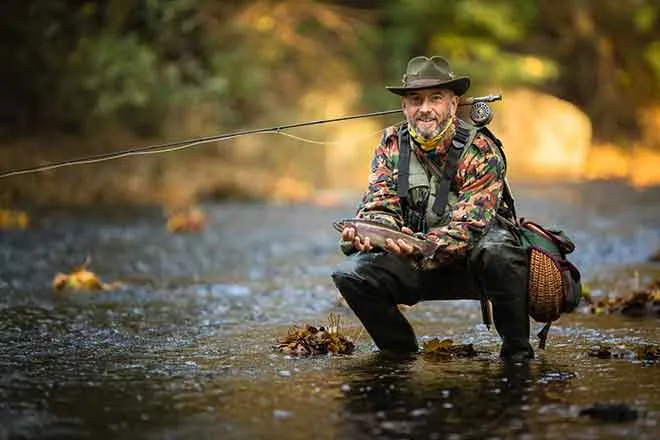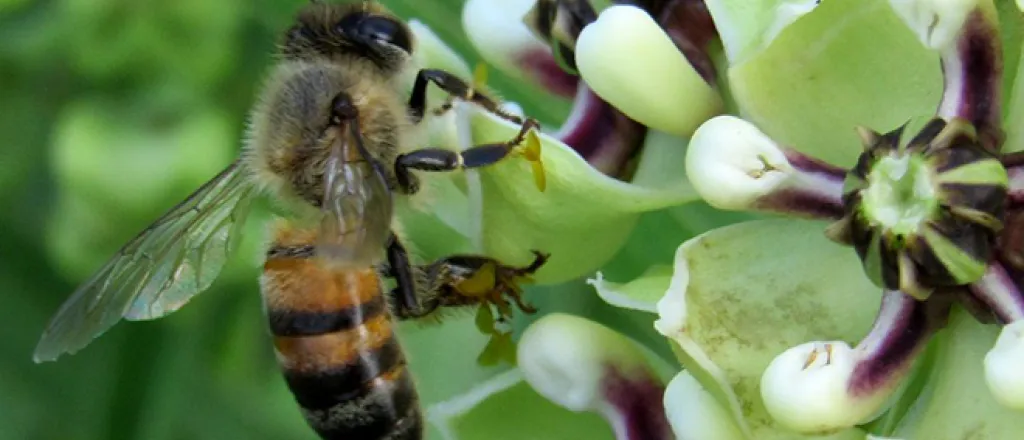
Grassroots program puts hands-in-ground for Colorado pollinators
(Colorado News Connection) Some 18 recent graduates of an urban pollinator habitat-restoration program in Boulder got grants from the Endangered Species Coalition to put more native flowering plants in the ground.
Colorado's native pollinators can only travel a few hundred feet before they need to find a place to land and refuel - with water, nectar, and pollen.
City of Boulder urban biodiversity program founder and Cool Boulder lead Andrea Montoya said graduates also are trained to convince their friends and neighbors to join a growing national movement to create more pollinator pathways.
"But when you multiply that - by having yard after yard connected to community spaces, connected to another yard," said Montoya, "and you've built this chain of places that pollinators can visit. That is the key to their survival."
Bees and other pollinators are considered keystone species for entire ecosystems, and contribute to the direct production of up to $577 billion worth of food every year. Pollinator populations are in decline, largely due to loss of habitat to humans, the use of insecticides, and climate change.
Montoya said she sees Colorado's urban lawns, which add zero nutrient value to pollinators, as prime targets for habitat restoration.
Dillon Hanson-Ahumada is the Southern Rockies field representative for the Endangered Species Coalition. He said anyone can get involved in restoring pollinator habitat, and points to resources available at endangered.org/pollinator-protectors.
"Every pollinator plant counts," said Hanson-Ahumada. "Every small habitat area counts. You don't have to have acres and acres. If anything, it can be a couple of plants that you plant on the side of your house."
Montoya developed the program curriculum for the climate initiative Cool Boulder. She said after she retired her lawnmower, and replaced grass with native plants, her water bill dropped by 75 percent.
She said native plants, pollinators, insects, and microorganisms underground help maintain soil health - and can play a role in mitigating climate change.
"Native plants form a relationship below ground with native microorganisms that support these plants," said Montoya. "These plants are then able to sequester 150 percent more carbon than a non-native plant."

